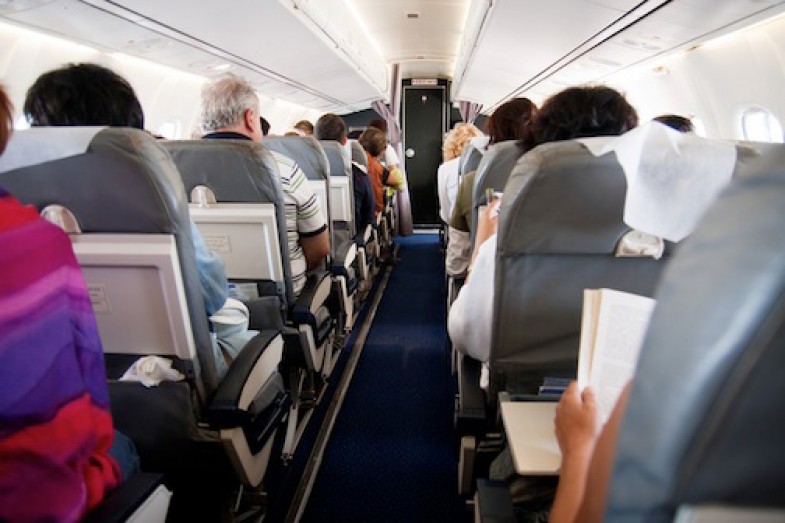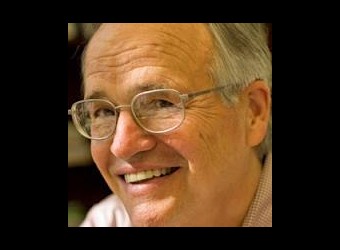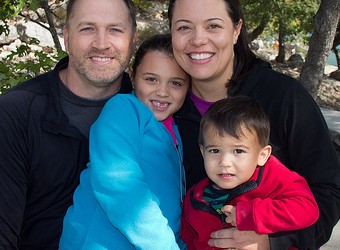In November, in what history may judge the ultimate triumph of ideology over evidence, the U.S. Department of Justice dropped its lawsuit against the merger of American Airlines and United Airways.
It is altogether fitting that the green light for allowing just 4 airlines to control 85 percent of the domestic market was given by a Democratic administration. Because airline deregulation, the precursor to the deregulation boom beginning in the 1980s, was a liberal cause. In 1978 Democrats controlled the White House and both chambers of Congress. Teddy Kennedy, Chair of the Senate Judicial Committee was deregulation’s principal architect. Ralph Nader was one of its most passionate advocates.
The arguments they made would not be out of place at a Tea Party meeting today. Industry had captured the Civil Aeronautics Board (CAB), the airlines regulatory agency. As a result fares were much higher than necessary.
At that time the CAB tightly regulated routes and set fares that guaranteed airlines a 12 percent return on flights that were 55 percent full. To maintain that return, the CAB limited competition. Between 1965 and 1978 the CAB approved fewer than 10 percent of airline applications for new routes. Continental had to wait eight years for approval to fly from San Diego to Denver.
Liberals insisted this kind of government oversight was a bureaucratic nightmare. Horror stories abounded. Long, drawn-out proceedings were needed simply to obtain permission from the CAB for employees of two affiliated airlines to wear similar uniforms.
Then on October 24, 1978 the Airline Deregulation Act became law. A new era began. Federal controls over the flight schedules, airfares, quality of service and markets served by airlines were abolished. Financial oversight was abandoned. Only airline safety remained under federal regulation.
In the next decade history conspired to bolster the case for deregulation. Dozens of competing airlines entered the market at the same time oil prices dropped by 60 percent. Fares plummeted. Choice multiplied. A near consensus was born that to this day cuts across parties and politics: deregulation has been a virtually unqualified success.
Writing in The Atlantic, earlier this year Derek Thompson summed up the conventional wisdom. In 1958 he noted, “More than 80 percent of the country had never once been on an airplane. There was a simple reason. Flying was absurdly expensive. And there was a simple reason why flying was absurdly expensive. That was the law…There are many sad stories to tell about the U.S. economy in the last 30 years, but here’s a happy story for everybody (except the airlines), from radical capitalists to the most liberal consumer advocates.”
Indeed, the case for deregulation seems so self-evident that proponents have stopped offering before and after comparisons. Read any article about airline deregulation and you will invariably encounter a chart showing fare decreases or passenger travel increases that begins in 1980. However deeper investigation of the subject will show how much the actual data refutes the case for deregulation.
Consider the boom in air travel. Advocates boast that air travel tripled in the 30 years after deregulation. They fail to point out it rose 500 percent in the 20 years before deregulation.
Exhibit A for those extolling deregulation is the 50 percent drop in airfares since 1980. Few know that deregulation supporters’ own research argues that only a portion, perhaps a minor portion of that drop can be attributed to deregulation. Nevertheless, even that much more modest conclusion is unsupported by the data. The Government Accountability Office, a proponent of deregulation, had to concede back in 2006 that the downward slope of ticket price curve was the same before and after deregulation. Indeed, a 1990 study by Paul Dempsey of the Economic Policy Institute concluded that after adjusting for changes in energy prices, fares fell more rapidly in the 10 years before 1978 than during the subsequent decade.
The most rigorous analysis of the impact of deregulation was done by David B. Richards, formerly of the Civil Aeronautics Board and Federal Aviation Agency. His research concluded : “This paper makes clear that the grant of pricing freedom to the airline industry has generally resulted in average prices being higher than they would have been had regulation continued…”
Deregulation and Concentration
How could this be? The answer is simple. Without constraints, unfettered competition often becomes unfettered concentration. Paradoxically, the authors of the original deregulation law seemed to understand that this could be a problem. The law explicitly declares as one of its key goals “the avoidance of unreasonable industry concentration which would tend to allow one or more air carriers to unreasonably increase prices, reduce services, or exclude competition…”
But liberals and conservatives, blinded by the large number of new companiees into the airline business in the 1980s and the oil-price-drop-induced fare decreases, looked the other way when major airlines began to merge. Thirty years later all but a handful of new competitors have disappeared. In that time more than 150 airlines have sought bankruptcy protection or gone out of business. Before deregulation ten major airlines controlled 90 percent of the market. Today, as noted, four control 85 percent.
Soon after deregulation, airlines developed a hub and spoke system in which a single airline often exercised near absolute control in many major airports. “It’s as if the industry has subdivided the country into certain fiefs and there are tacit boundaries that must not be crossed,” observes Richard Finger in Forbes.
Before the mergers of Delta and Northwest in 2008 and American Airlines and US Airways this year Paul Dempsey and Andrew Goetz remarked, “The net result of deregulation is that the five-member Civil Aeronautics Board has, in effect, been replaced by the chief executive officers of the largest five or six airlines.”
In retrospect 2007 may have marked the year effective competition ended and merged airlines began to exercise monopoly powers. Since then airlines have slashed the number of flights. Available seat capacity is the lowest in a decade even while passenger volume has increased, which should come as no surprise to those searching for elbow room. Fares are rising rapidly
Writing in the New York Times Micheline Maynard observes the state of flying today, “(T)he level of comfort and reliability today bears no relation to that of the regulated days.” Richard Finger echoes her sentiment, “Airplane travel has devolved into a truly undignified affair.”
Probably the clearest manifestation of unregulated monopoly power is the rapid rise in non-ticket revenue. In 2008 American Airlines became the first to charge for even one checked bag. Others quickly followed. Five years later airlines charge for virtually everything. In April four of the largest raised the fee for changing a domestic flight to $200 from $150. At the beginning of the year, Southwest introduced a $40 upgrade that allows passengers to board early. Actual ticket sales now account for just 70 percent of total revenue at major airlines, down from 84 percent in 2000.
“Ancillary revenue is massively underpinning the economics of the industry,” John Thomas, head of the global aviation practice for L.E.K. Consulting told the Wall Street Journal earlier this year. This year major airlines are on course to earn a robust $6.3 billion profit. But subtract the $15 billion airlines now earn charging for items or services which probably would have been free before deregulation and the $6 billion profit turns into a $9 billion loss.
Some of the costs of airline deregulation are difficult to quantify. Before 1978 travelers from major cities paid slightly higher prices so that comparable service could be provided to small and medium sized cities. Today airlines quickly abandon routes that are insufficiently profitable. Major heartland cities like Cincinnati, St. Louis, Pittsburgh, and Memphis are increasingly cut off due to drastically curtailed airline service and monopolistic fares. In 2012 Lina Kahn and Phillip Longman of the New America Foundation reported that cities have begun bribing airlines with tens of millions of dollars in public money to get them to continue air service.
For those too young to remember, and the majority of those reading this article fall into that category, in 1978 any ticket was fully refundable. You could change flights without penalties. You were often compensated for canceled flights. Seats had more legroom. Travelers were treated to free meals and a much less harried flight crew. And yes, we even had access to some things that no amount of money can buy a coach class passenger today, like a pillow and blanket.
If we take into account the remarkably degraded service, a reduction in price that is at best modest and more likely non-existent, and factor in the full costs to employees, customers and communities, any rational cost-benefit analysis must conclude that deregulation has been a failed experiment.
Today airline passengers have no rights and little recourse. But as the retreat by the Justice Department on the merger on American and US Air demonstrates, we remain in the death grip of an ideology that refuses to accept the possibility that when it comes to air travel regulation worked better.





